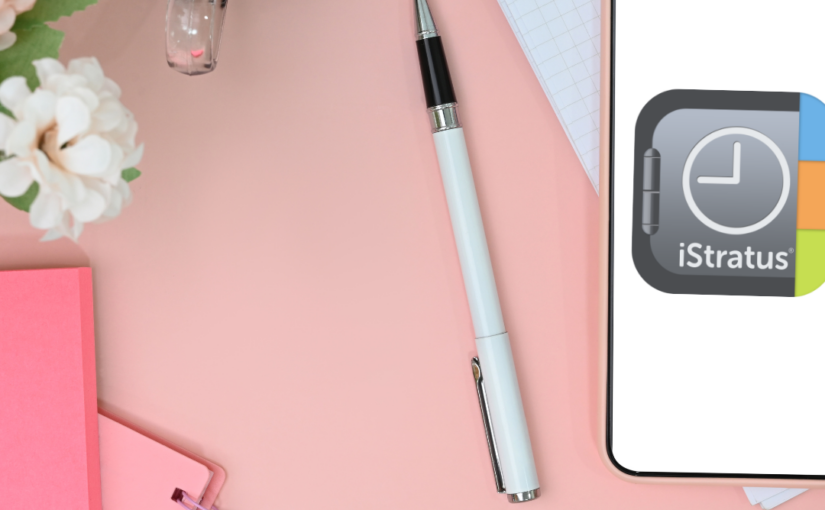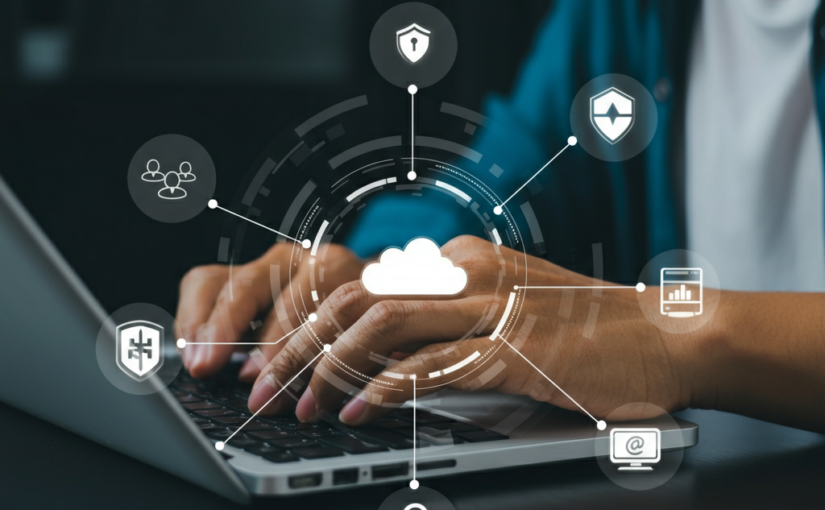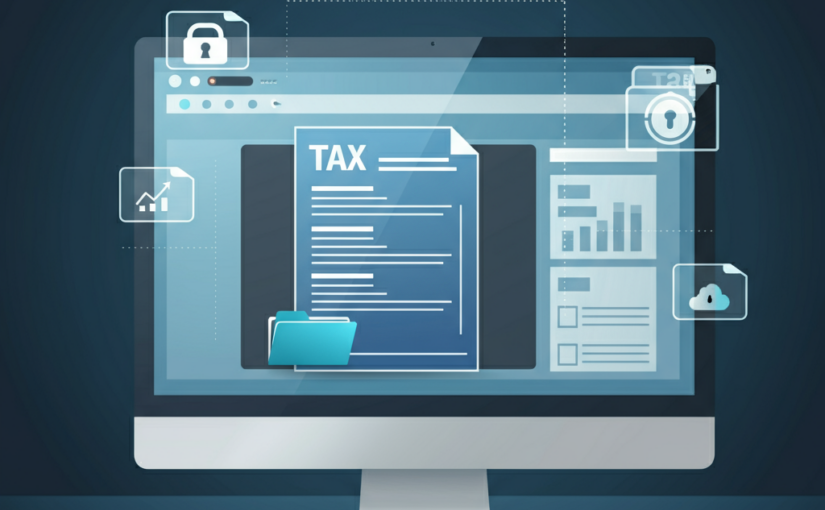Procrastination—the silent productivity killer. We’ve all been there, putting off tasks until the last minute, feeling the pressure mount as deadlines loom. Procrastination not only affects your work but also creates unnecessary stress and anxiety. However, with the right tools and strategies, you can break free from procrastination’s grip and regain control of your time. iStratus is designed to help you beat procrastination by organizing tasks, prioritizing effectively, and keeping you accountable.
This blog explores how you can use iStratus to overcome procrastination and achieve your goals with greater focus and efficiency.
The Science Behind Procrastination
Procrastination is often less about laziness and more about emotional resistance to tasks. Whether it’s the fear of failure, perfectionism, or simply being overwhelmed, procrastination thrives when there’s a lack of structure and clarity. Digital tools like iStratus provide the framework you need to tackle tasks with confidence, helping you turn intentions into actions.
Creating a Clear Plan of Action
Organize Your Tasks
Procrastination often stems from not knowing where to start. Use iStratus to break larger projects into smaller, manageable tasks. Create task lists for each project and include deadlines to create a sense of urgency.
Set Priorities
Use iStratus’s prioritization feature to categorize tasks as urgent, important, or optional. This helps you focus on what truly matters and prevents you from getting stuck on less critical tasks.
Visualize Your Progress
Track your progress with iStratus’s visual tools, such as task completion bars or timelines. Seeing how far you’ve come can motivate you to keep moving forward.
Using Time Management Features
Time Blocking
Procrastination often arises from a lack of structure. Use iStratus to schedule specific time blocks for tasks in your calendar. For example, allocate one hour for emails, two hours for a project, and 30 minutes for breaks. This helps you maintain focus and momentum throughout the day.
Set Reminders
Stay on track with reminders for upcoming tasks. iStratus’s notification system nudges you to take action, reducing the temptation to postpone tasks.
The Pomodoro Technique
Integrate the Pomodoro Technique into your schedule using iStratus. Work in focused intervals (e.g., 25 minutes) followed by short breaks. This method reduces burnout and keeps your productivity levels high.
Addressing Emotional Barriers
Create a Motivational System
Reward yourself for completing tasks. Use iStratus to set mini-goals, and once you achieve them, schedule a small reward, like a coffee break or a walk.
Write Notes of Encouragement
Include motivational notes or quotes in your iStratus task lists. A simple reminder like “You’ve got this!” can make a big difference when tackling daunting tasks.
Start with Small Wins
If a task feels overwhelming, start with something small. iStratus allows you to organize tasks in bite-sized chunks, helping you build momentum and confidence as you progress.
Staying Accountable
Shared Workspaces
Collaborate with colleagues, friends, or family members on shared projects using iStratus. Accountability partners can help you stay motivated and focused.
Track Deadlines
Missed deadlines fuel procrastination guilt, creating a vicious cycle. Use iStratus to set realistic deadlines for tasks and monitor your progress.
Review Your Day
At the end of each day, review your completed tasks in iStratus. Celebrate your accomplishments and identify areas for improvement, ensuring you stay consistent in overcoming procrastination.
Overcoming Long-Term Procrastination
Reflect and Adjust
Use iStratus’s journaling or notes feature to reflect on why certain tasks were delayed. Understanding the root cause of procrastination helps you make adjustments and avoid repeating the same patterns.
Set Bigger Goals
Link daily tasks to larger goals. For instance, completing small steps on a project contributes to long-term career growth. Use iStratus to track both short-term and long-term goals for added motivation.
Take Back Control with iStratus
Procrastination is a habit, but like any habit, it can be changed with the right strategies and tools. iStratus provides everything you need to create structure, prioritize tasks, and stay accountable, helping you overcome procrastination and achieve your goals.
Start using iStratus today and take the first step toward building a more productive and procrastination-free life. Download Now.








